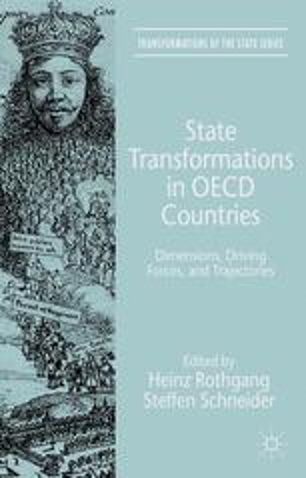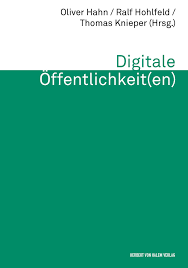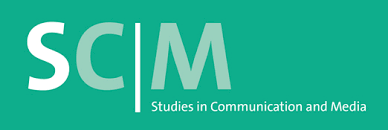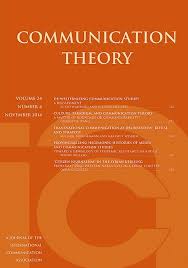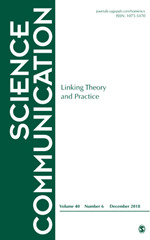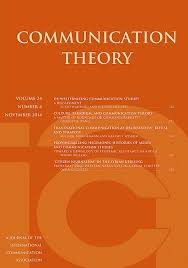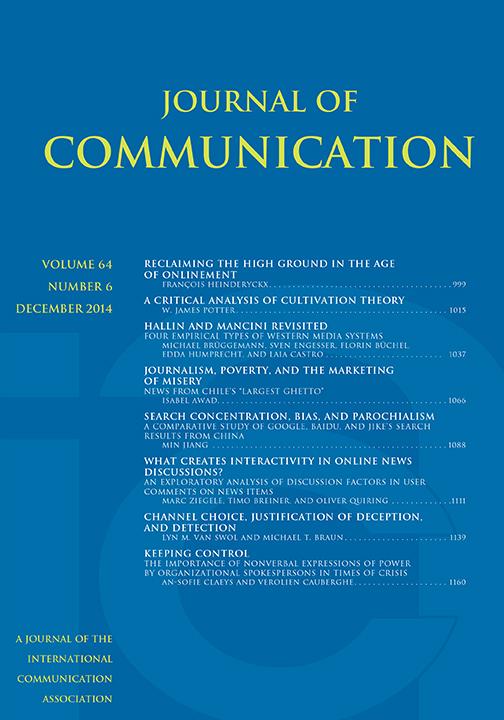Abstract
Der Klimawandel ist ein Problem, das alle Menschen angeht. Durch unseren Lebensstil sind wir Teil dieses Problems. Verschiedene Folgen des Klimawandels sind heute schon spürbar, gravierende Probleme für Mensch und Natur sind bereits absehbar. Wir alle können zur Problemlösung beitragen: indem wir Flugreisen und Autofahrten einschränken, Strom aus erneuerbaren Energiequellen bestellen usw. Dies sind wichtige Schritte – aber den Planeten retten werden wir nur, wenn politische Maßnahmen hinzukommen: strengere Regeln für Industrie, Landwirtschaft und Verkehr, verbindliche Klimaziele für alle Staaten, Unterstützung seitens der reichen westlichen Staaten für die ärmeren Staaten. Um diese Themen geht es auf der diesjährigen Klimakonferenz der Vereinten Nationen (UN), welche im November und Dezember 2015 in Paris stattfindet. Intensive Medienberichterstattung begleitet den Gipfel: Aber was davon kommt tatsächlich bei den Bürgerinnen und Bürgern an? Um dies zu untersuchen, führen wir an der Universität Hamburg das Projekt „Down to Earth“ durch: eine Reihe von quantitativen und qualitativen Befragungen, die nachzeichnen, was die Menschen in Deutschland von der UN-Klimakonferenz mitbekommen, was sie über Klimapolitik wissen und wie sie die mediale Vermittlung dieses Themas durch Politik, Wissenschaft und Medien einschätzen.
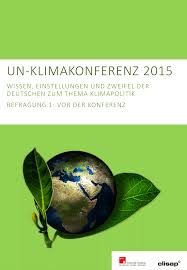
Schmitt, Josephine B.; Arlt, Dorothee; Hoppe, Imke; Schmidt, Fenja; Brüggemann, Michael (2015): UN-Klimakonferenz 2015 – Wissen, Einstellungen und Zweifel der Deutschen zum Thema Klimapolitik. Befragung 1: Vor der Konferenz (CliSAP Working Paper.). Available online at http://www.climatematters.hamburg/wp-content/uploads/2015/12/Working-Paper_1.pdf.

